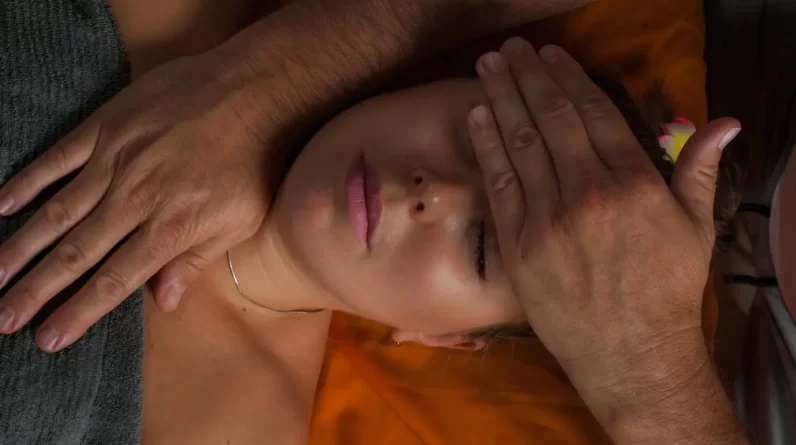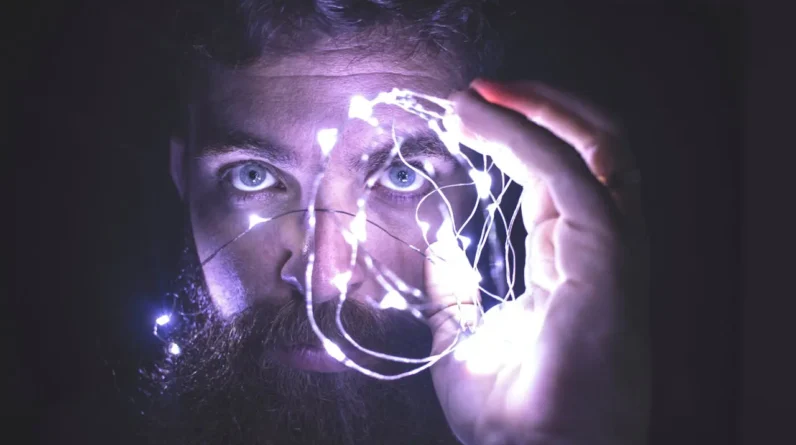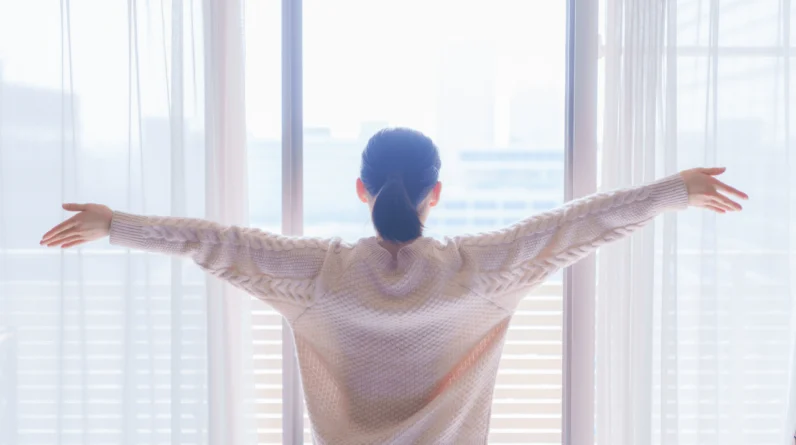
Reiki is a holistic energy treatment modality that is becoming more and more popular in and out of the medical field.
The term “Reiki” is a Japanese word that means “universal life energy”. This healing method was discovered and cultivated in the early 20th century by Mikao Usui, after experiencing a profound spiritual experience.
Since then, smaller branches of Reiki have risen, but the most common system is the Usui System of Natural Healing. Students are trained by a Reiki master through a series of educational sessions and an attunement.
Essentially, an attunement occurs when the Reiki master opens the practitioner’s energetic pathways so that healing energy can freely flow through them toward those they treat.
It’s a spiritual experience that’s usually quite profound for the students.
For many years, the validity of this holistic healing practice has been questioned, but it is now gaining much respect among professionals.
In fact, some medical facilities, such as John Hopkin’s Medical Center, are now utilizing alternative healing methods, such as Reiki, to help patients and documenting the beneficial results.
Energy as a Healing Agent
Reiki is an alternative treatment that uses universal energy as a healing agent.
This energy has been known to bring relaxation and healing to the mind, body, and spirit. It is not a religion. Rather, it’s a technique where practitioners are used as healing vessels that allow energy flow to reduce stress and restore balance to the body.
The healing energy of Reiki is transferred through a practitioner to a person. It is believed the healing energy or vibrations go through the hands of the practitioner into the energetic body of the healing recipient.
It has become very popular, with at least four million people worldwide who are Reiki certified at the 1st level, according to the International Center for Reiki Training.
Everything is Energy
At the core of existence, everything is energy.
From a quantum physics view, this energy forms a field that exists amidst the planet, galaxy, and perhaps even beyond. As humans, we are made of matter, but if you study matter at its smallest makeup, you’ll find energy particles and waves.
You’ll find an energetic system that has been created by a Divine Intelligence. When aligned with the source of all creation, the physical body operates in harmony. However, at times we can experience “energy blocks”, that can create a state of dis-ease.
Receiving Reiki treatments can help remove such energetic blocks and restore harmony to the systems of the body. A Reiki practitioner will typically use their hands as a conduit for healing energy to flow from the universal energy source to the patient.
Reiki can also be done via distance, resembling what some would call prayer with an intent for healing.
What Happens During a Reiki Session?
A typical Reiki session lasts about an hour.
When you arrive at your session, whether in person or via distance, the practitioner will have a short discussion with you to discuss any problem areas or concerns. They’ll want to know why you’re there or what you’re hoping to get out of the session.
- You’ll be fully clothed for your session and lie on a massage table.
- All you have to do is lie there.
- You can relax and let the practitioner “treat” you.
The practitioner will hold their hands a couple of inches from your body, allowing the universal healing energy to flow through them into you. They’ll cover your entire body, placing their hands on the standard positions, such as the chakra areas.
You may feel various sensations, such as warmness or tingling. You’ll likely feel deeply relaxed and at ease.
If you’re not comfortable lying down, Reiki can be done while you’re sitting in a chair. Also, if you desire to have hands placed on your body during treatment, you can simply ask your practitioner to do so.
Reiki Research
Various studies have been done on Reiki over the years.
The National Institute of Health reported in 2017 that the findings of 13 placebo-controlled studies of Reiki stated that it was more effective than the placebo effect.
In one particular study, Salles et al studied 66 participants with high blood pressure in three groups. One group was treated with Reiki, the other a placebo, and in the third group no treatment was performed.
It was found that in all groups, blood pressure decreased after each session. But the most significant decrease was in those who were treated with Reiki.
With such positive reports, it’s no surprise that more Reiki practitioners are asked by medical facilities to come on board. And, more of the public is opening up to the powerful healing effects of Reiki.
In a nation where medical care costs are outrageous, alternative healing modalities such as this are exploding. The biggest reason is because healers are getting results – and that’s wonderful news.
Have you had a Reiki session? If so, how did you feel it went? Did you benefit from the experience? If so, how?
Editor’s note: This article was originally published Jun 6, 2022 and has been updated to improve reader experience.
Photo by Rainer Eck







